You might think of Java as outdated. It is, indeed, 27 years old, which is the equivalent of one century old in “IT years”. Its younger, fresher, hipper siblings — such as Scala, Kotlin, Closure, or Groovy — might be more dynamic and easier to use. But don’t discard Java just yet!
Andrei Micu, Senior Scala Developer at Levi9, has noticed that Java is evolving and using its younger siblings for inspiration and improvement. Andrei talks here about two projects that intend to evolve the JDK, with their associated JEPs (JDK Enhancement Proposals): Project Amber and Project Valhalla.
Let’s see some instances where Java is a bit behind its siblings and how syntax sugar and standardization simplifies and makes the code more efficient.
1. Using records like in Scala or Kotlin
POJOS (Plain Old Java Objects) make data encapsulation a bit difficult. They needed a lot of writing but other languages such as Scala and Kotlin came up with features that standardized and simplified the writing. The same output could be achieved with a case class for Scala or data class for Kotlin. And this is what Project Amber tries to change.
Project Amber started with JDK15 and did some syntax sugar by adding the concept of records that brought in the same feature from Scala or Kotlin.
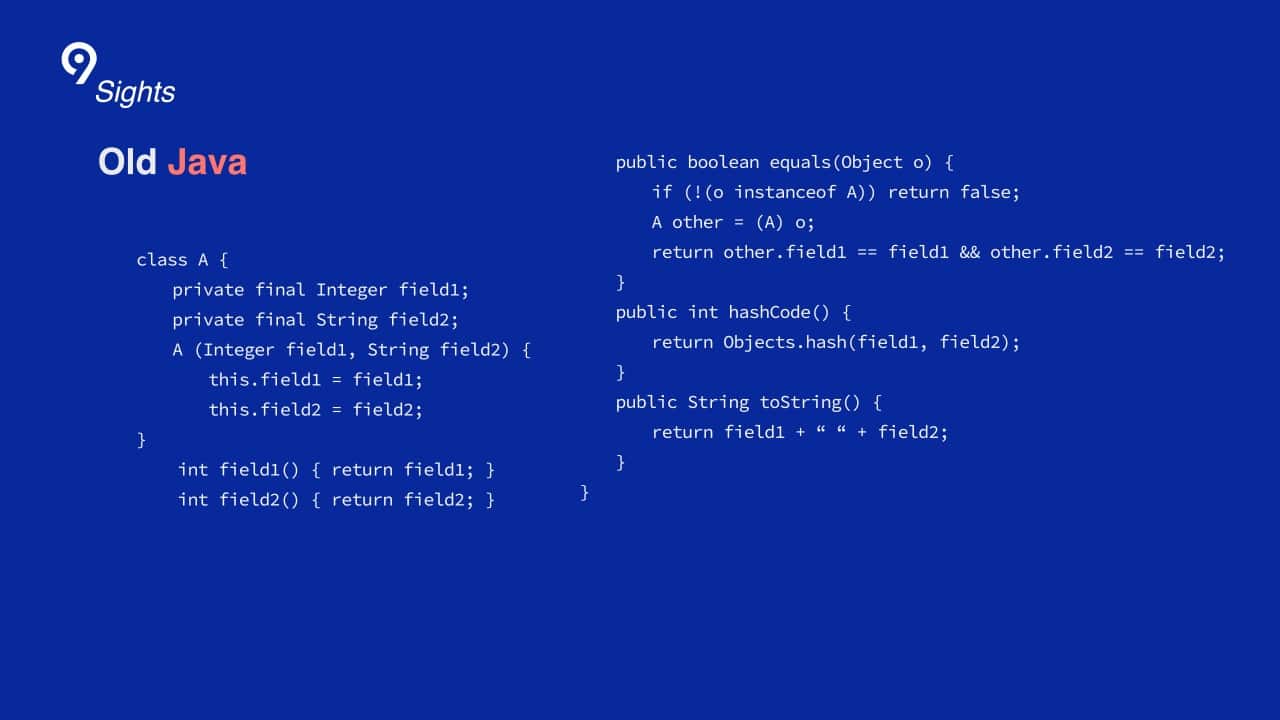

2. Better pattern matching
Another interesting change brought on by Project Amber is pattern matching. Old Java is not very flexible with switches, but Scala is way ahead. For example, in the second Scala example below — you can switch in the same object for lists, for components of lists and you can extract from them.

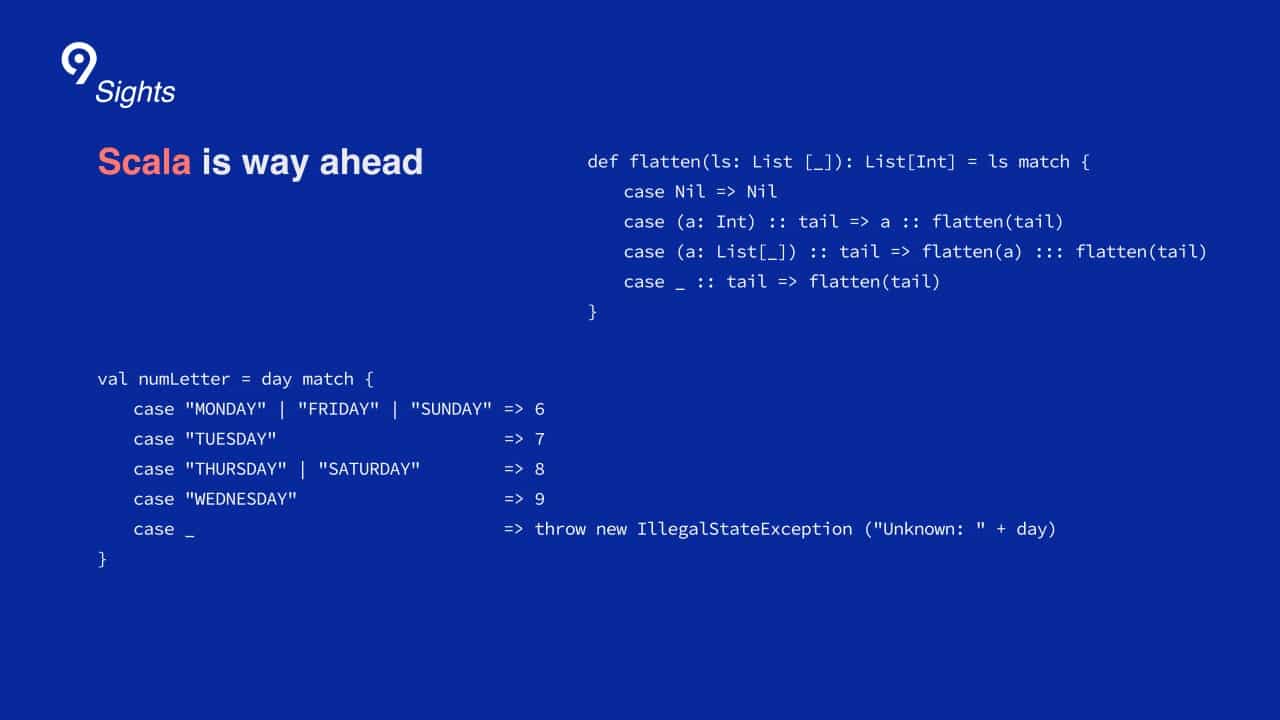
3. Pattern matching for instanceof
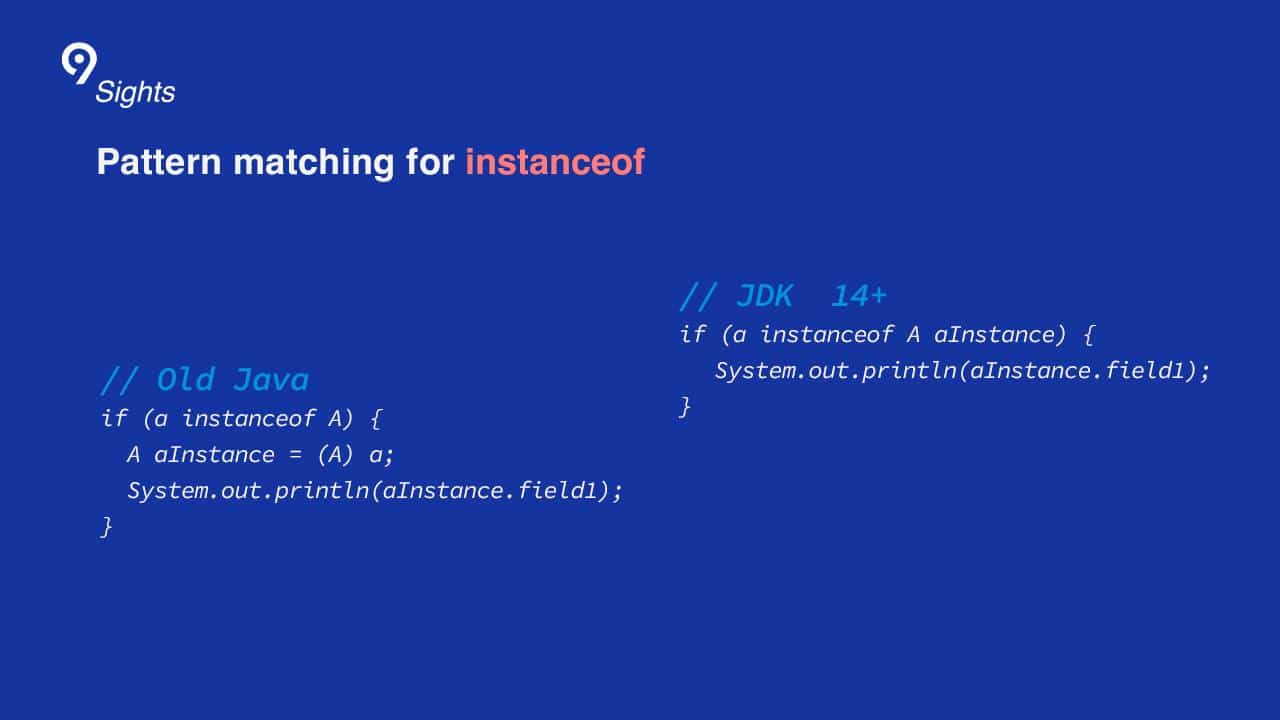
The concept of pattern matching for instanceof was added in the first release of JDK14. Previously, when you checked if an object was an instance of a class, an extra line was necessary for the class to be cast to its checked type. But since JDK14 you can simply write the name of the variable after the class and you don’t need that extra line. This is a small, neat improvement.
4. Pattern matching for classes in switch
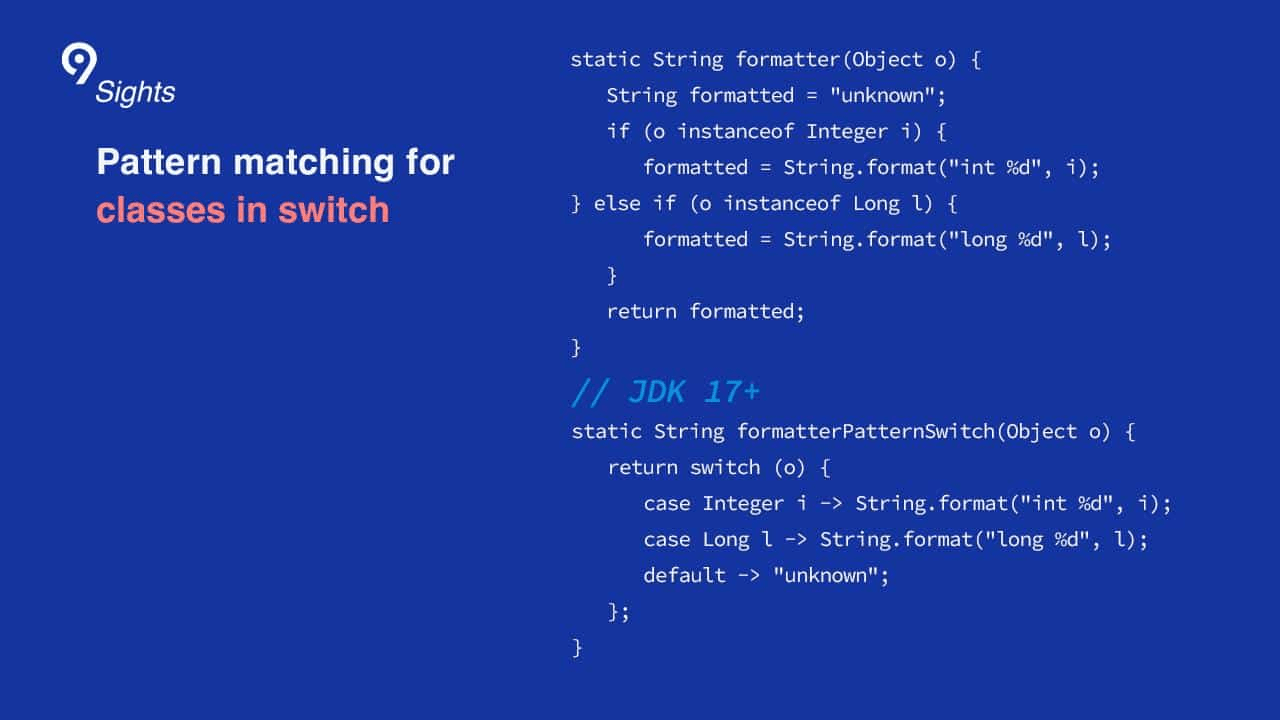
JDK17 brought on pattern matching in a switch. If you want to check an object for its class type, now it’s possible in switch statements too.
5. Increased expressiveness
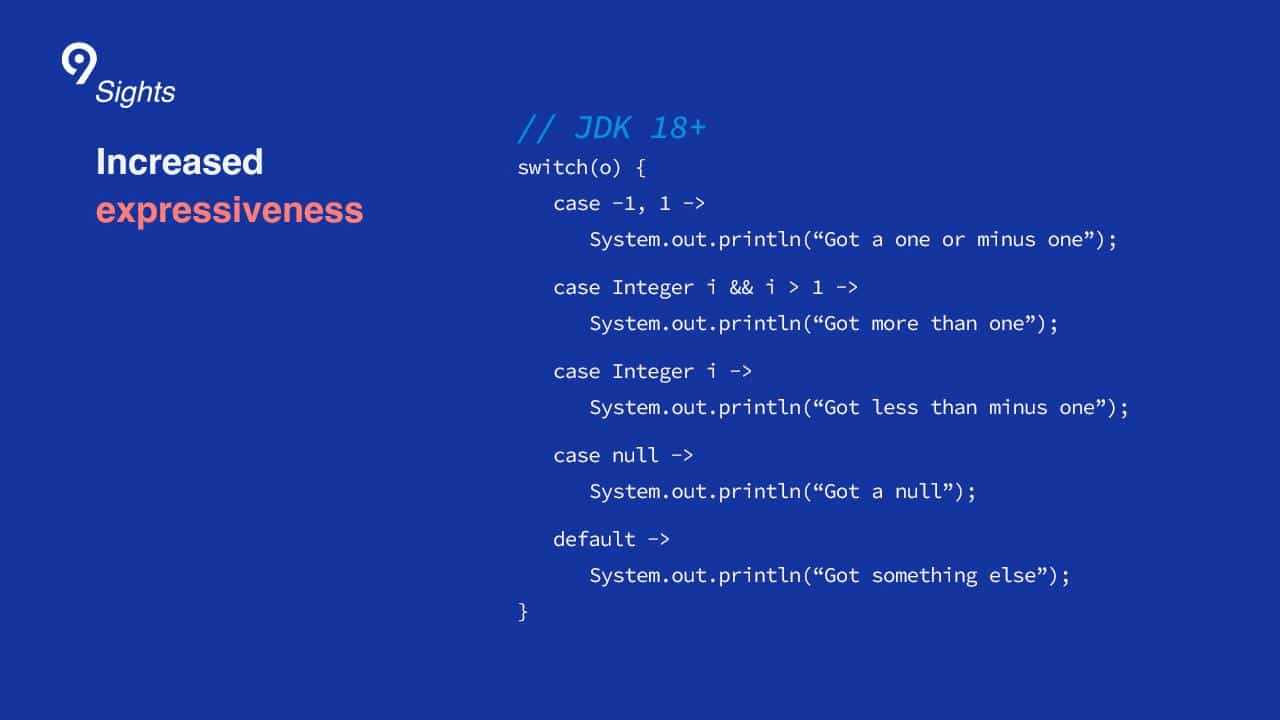
JDK18 came along with increased expressiveness. Not only can you now check classes in switch statements, but you can also check for particular values and classes in the same switch. Guards and nulls can also be added.
6. Introducing record patterns: Preview
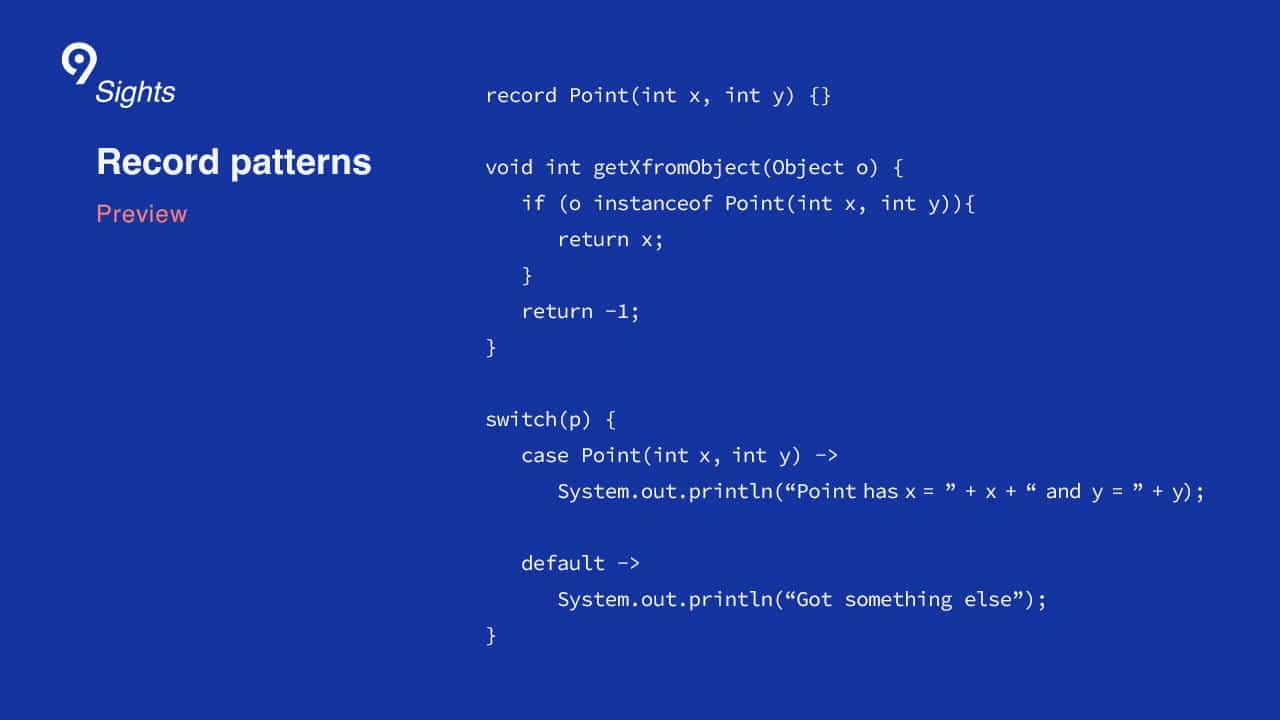
In the future, we will also have record patterns. Previously, if we got a record at this point you had to write several lines of code to access its members, but now you can do an instanceof point with the name of the internal fields and it’s going to extract them for convenient use, afterwards.
In switches you can do the same for cases. This sort of expressiveness is going to deconstruct that point, which is something pretty new in Java, so that’s why it probably takes more time to cook.
7. Classes for the Basic Primitives: Preview
We are now in the territory of primitive types. This is the focus of Project Valhalla. In Java, primitive types are enough to model almost anything. But anything that’s not on the primitive type list is derived from Object, and this is quite an issue. Scala and Kotlin have a different approach to this. Both languages use just one class and the compiler does the improvements for you.
However, Java does not have a class for primitive types, making it difficult to work with them seamlessly.
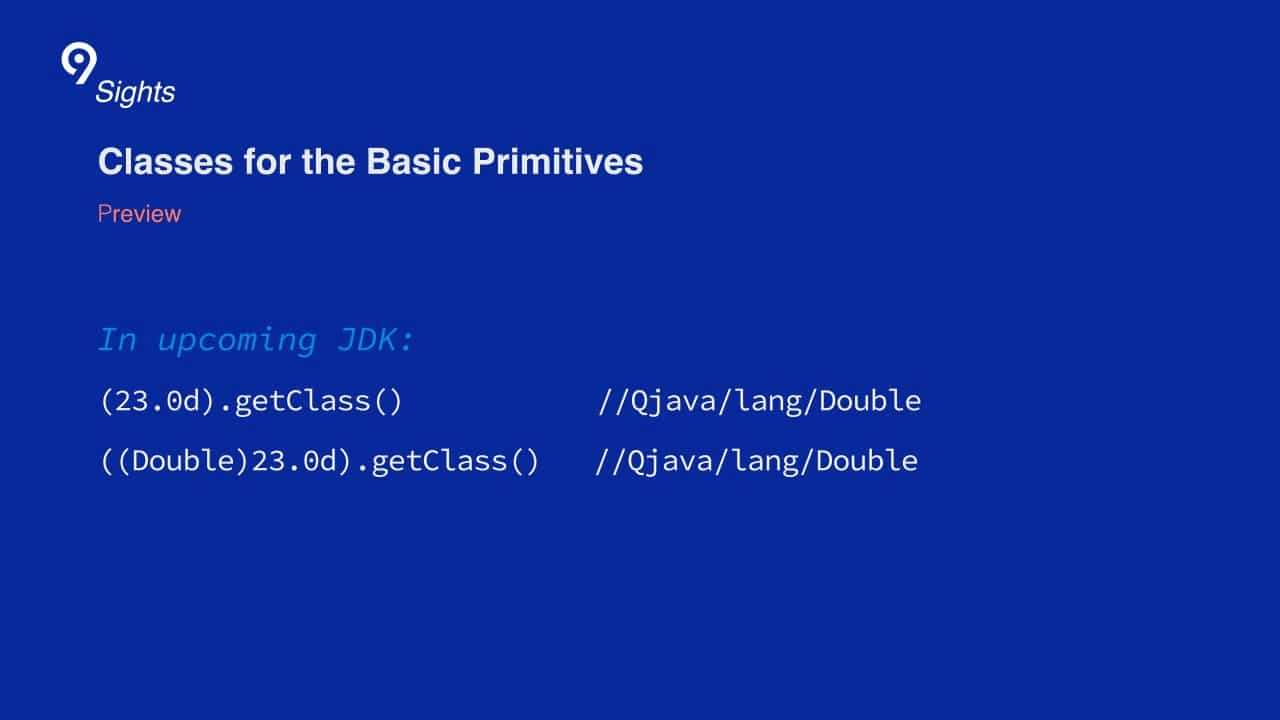
But this may change and primitive types might get a class. This class will be marked with a `Q` prefix in the JVM internals to signal it’s a primitive type.
8. Declaring objects that don’t have identity: Preview
Java wants to offer the possibility of making objects as primitive types. The first step is to give the possibility of declaring objects that don’t have identity.
But what does “having identity” mean? Long story short, when an object has identity, two instances of the same value are different. This is not the case for primitive types and this is why we say that primitive types do not have identity.
Furthermore, objects that don’t have identity are stored in the stack, while objects with identity are stored in the heap.
Value objects (or classes) don’t have identity. Let’s look at how they are declared.
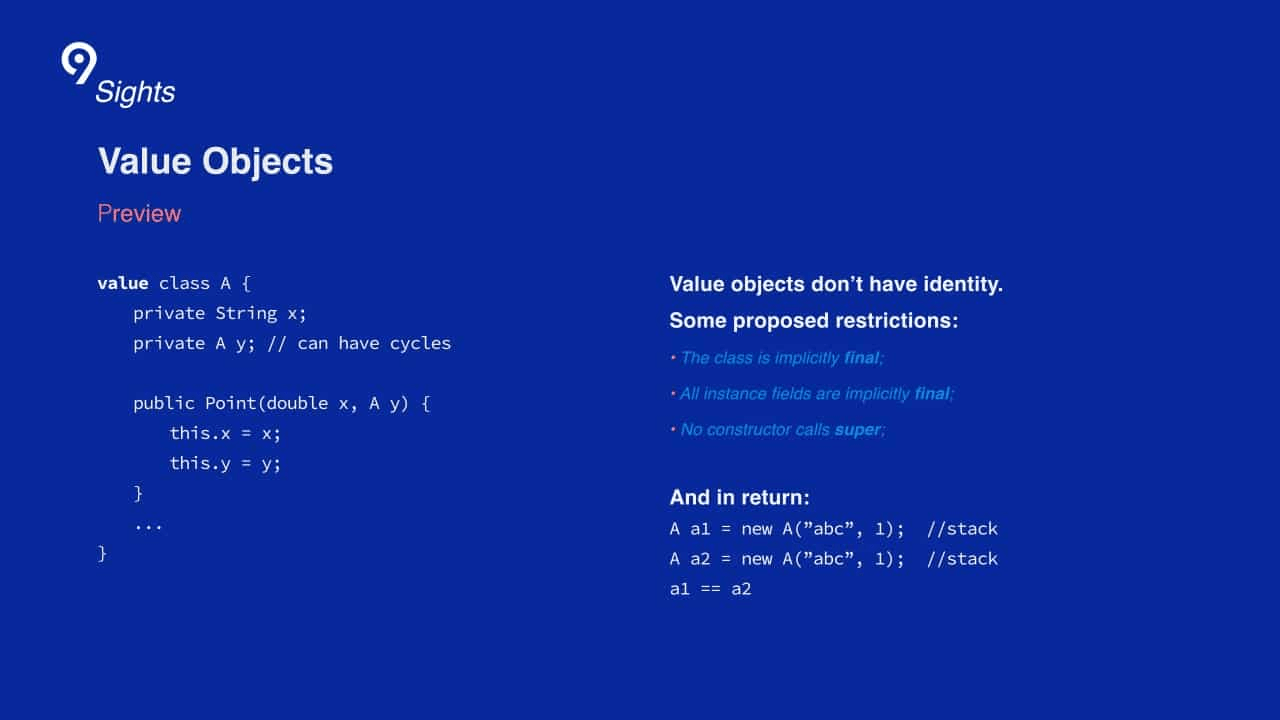
While the outline of the definition is still work in progress, there are some definition rules that have been already established. One is that the class should be implicitly final. The fields of the class are implicitly final and no constructor can call super. Also, value objects can have reference cycles, which means they can have references to another object of the same type.
What do we get in return?
The objects are put on the stack and the equality will hold between two references to the same value.
9. Primitive classes: Preview
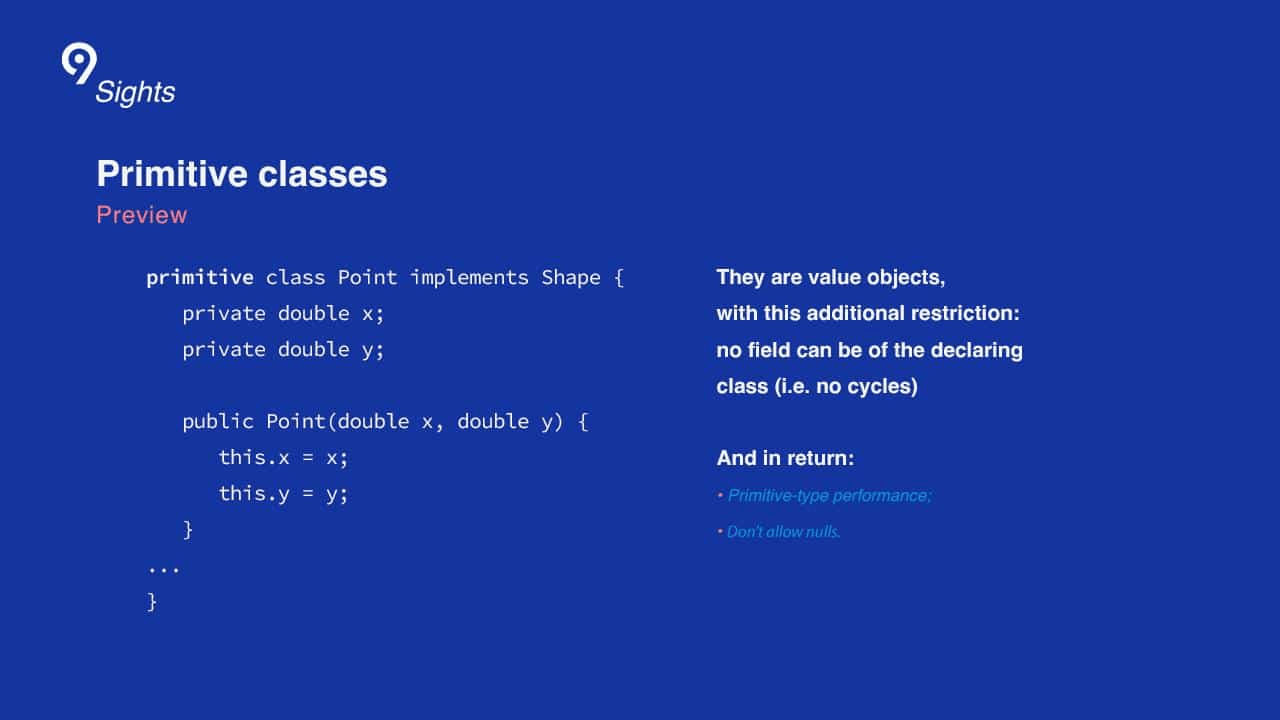
A primitive class is like a value class with the additional restriction that no field can be of the declaring class, so we don’t have cycles like we have for value objects.
What do we get in return? We get almost the same performance as primitive-types. They do not allow nulls. Some might say this is not a benefit, but those who had null-pointer exceptions might think otherwise.
10. Reified generics (maybe)
While not yet official, Project Valhalla does drop a hint about tackling reified generics, in which they may also take a hint from Scala and Kotlin.
What is the issue in Java right now? Well, when generic type objects are passed around, the information about the inner types is lost at runtime. This is called `type erasure` and it is a drawback of the JVM.
There is a workaround in Java, that requires you to send the class as a separate parameter. Definitely not elegant! But Kotlin and Scala have a better way of dealing with this.
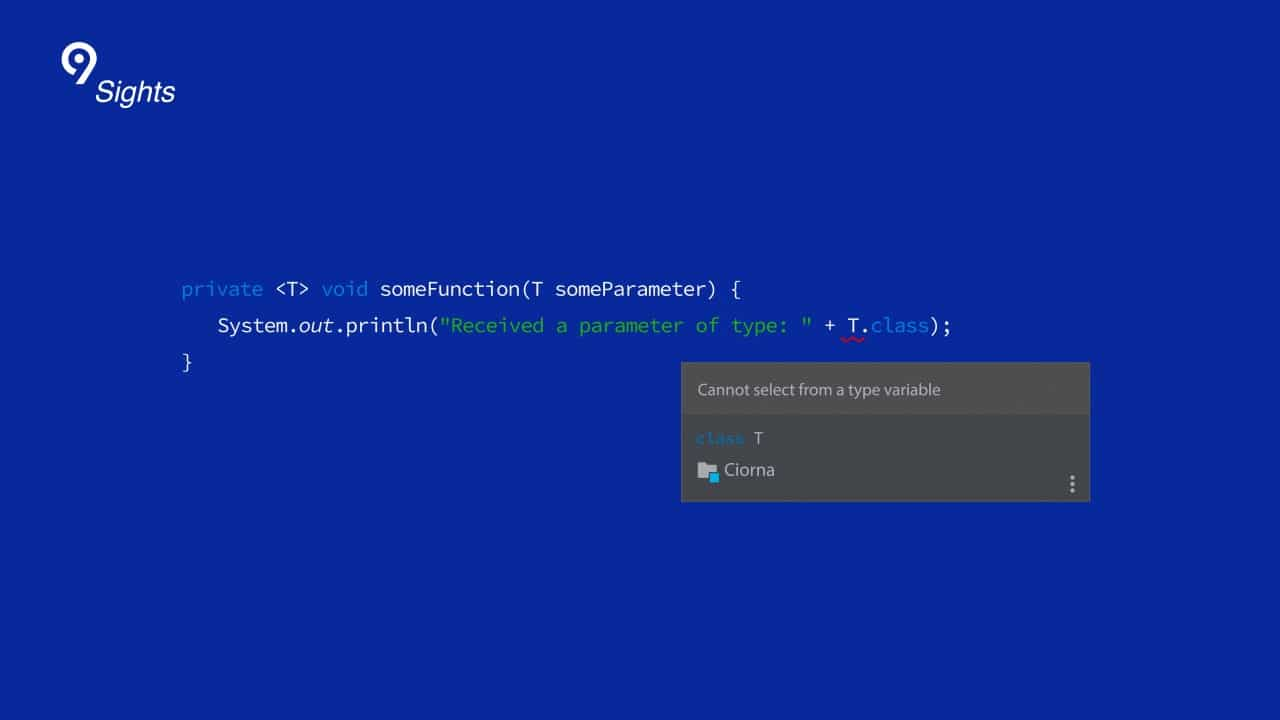
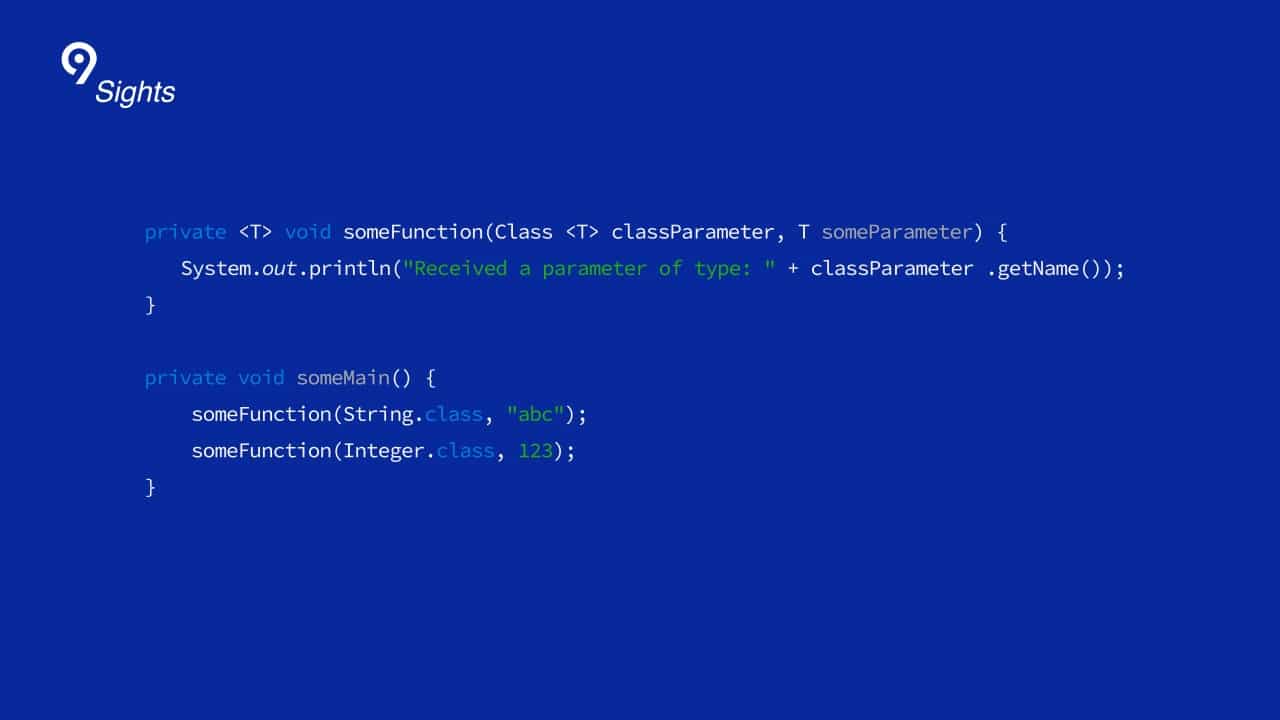
Kotlin deals with this with a neat feature called “reified generics”. If you declare the function inline — meaning that the function content is copied at the call site — then you can have access to the inner types of the generics. When you write reified, it adds in the back an extra parameter which is the class of the generic type parameter. This way, you don’t have to write extra parameters.
Scala works around this in a different way. It makes use of implicit parameters to leverage the compiler’s ability to pass the class information.
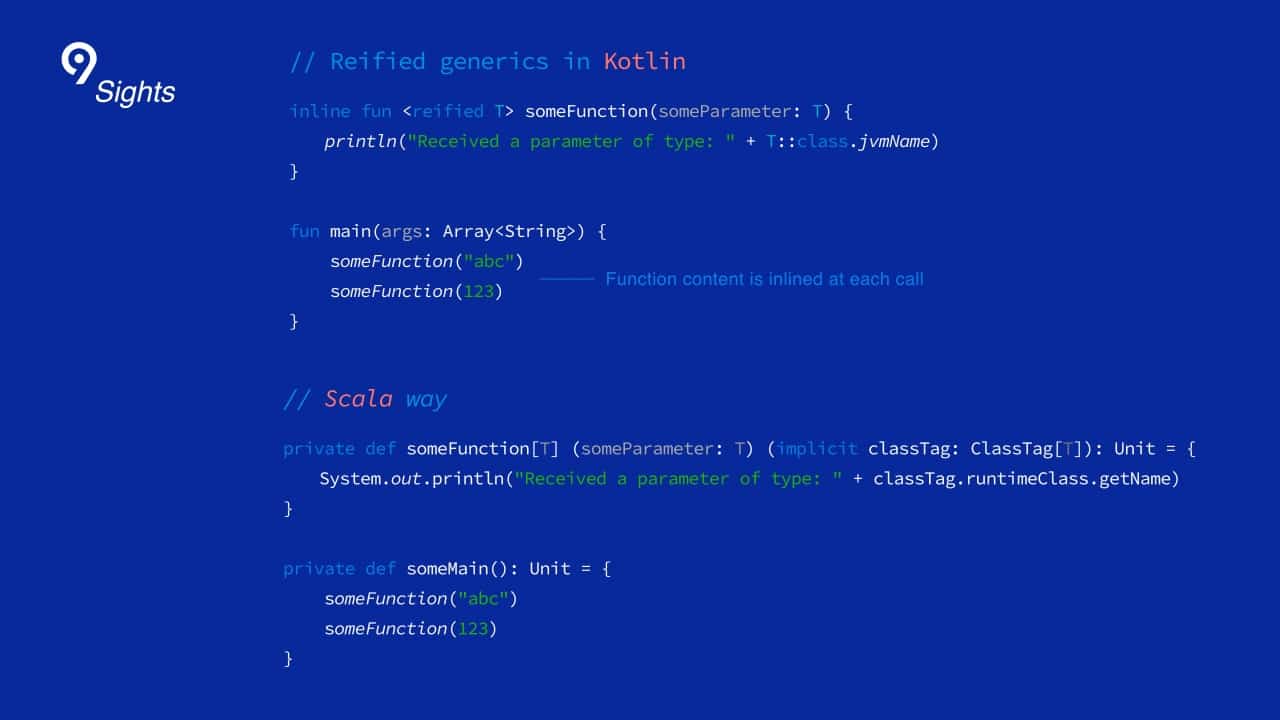
What do you think?
Do these Java improvements seem significant to you? Andrei Micu stresses that standardization is not easy. Java’s little siblings might be a bit lighter on standardization, which allows them to develop features faster. Java, however, is so widely used, that keeping backward and forward compatibility is crucial. Sometimes, this means holding back on innovation, in order to keep all of its users happy.
“Let’s keep in mind Java is running a marathon”, says Andrei Micu. Its younger sibling languages, with more spring in their step, will also benefit from JVM improvements and new features. It’s a win-win.








